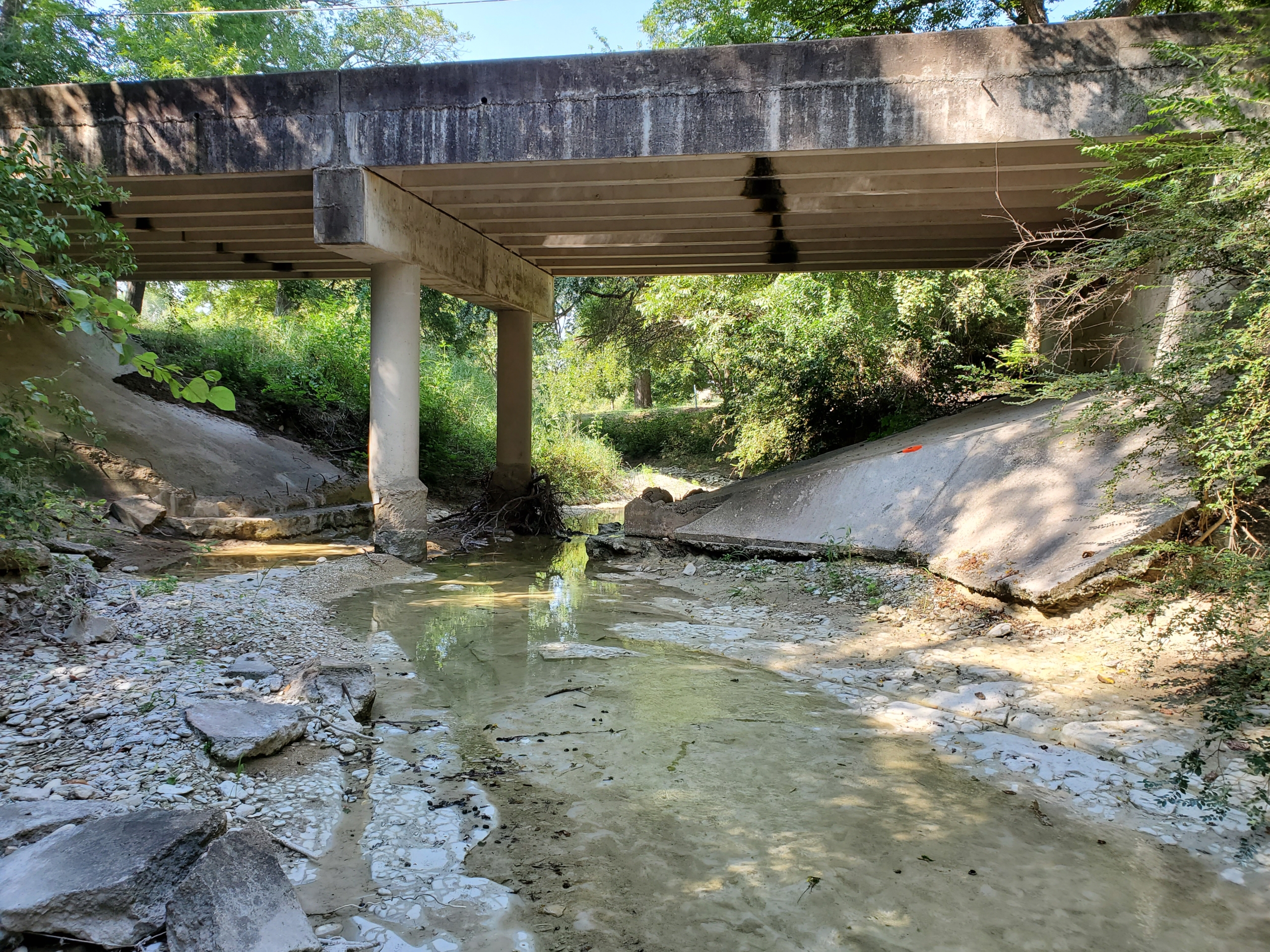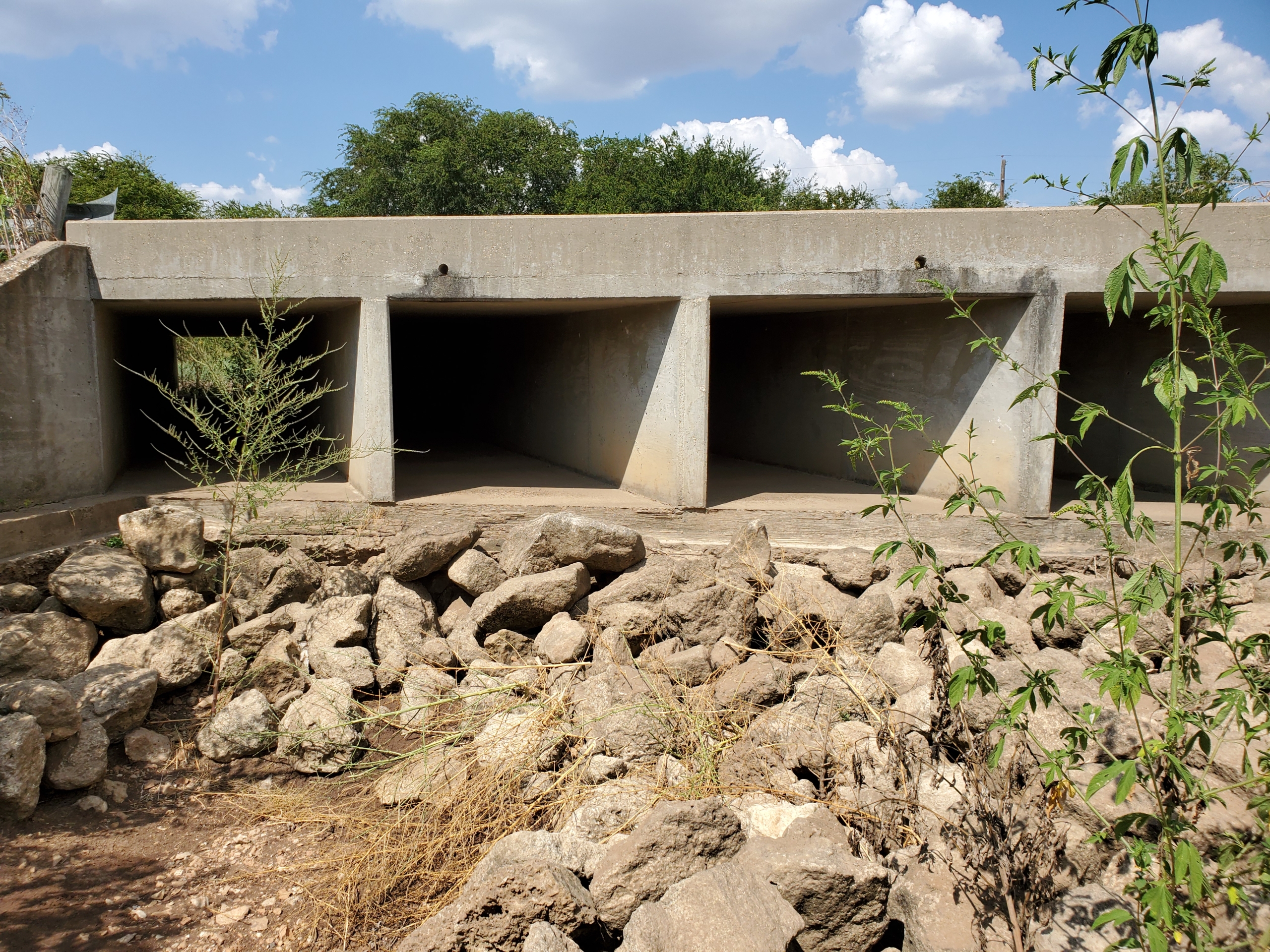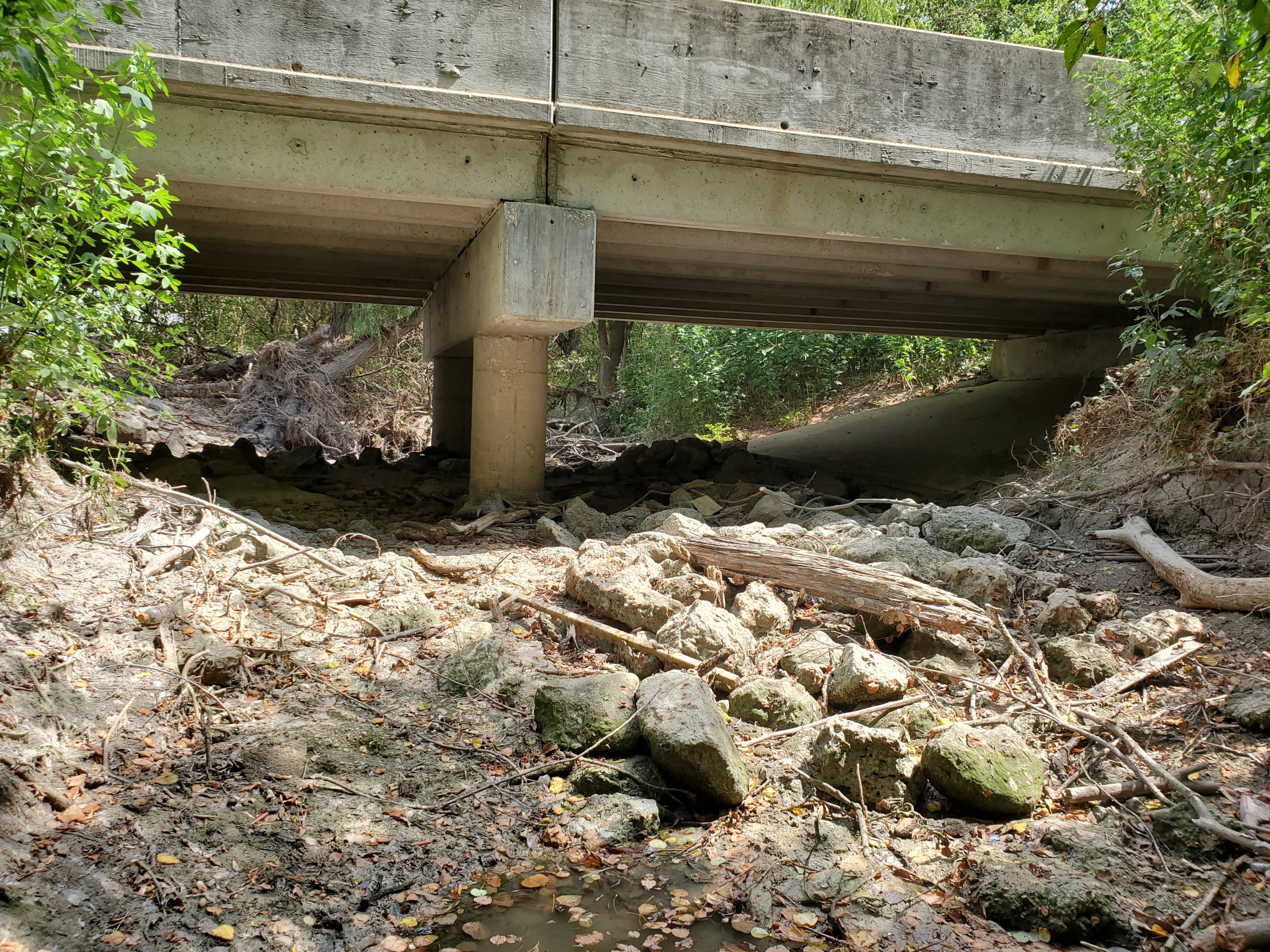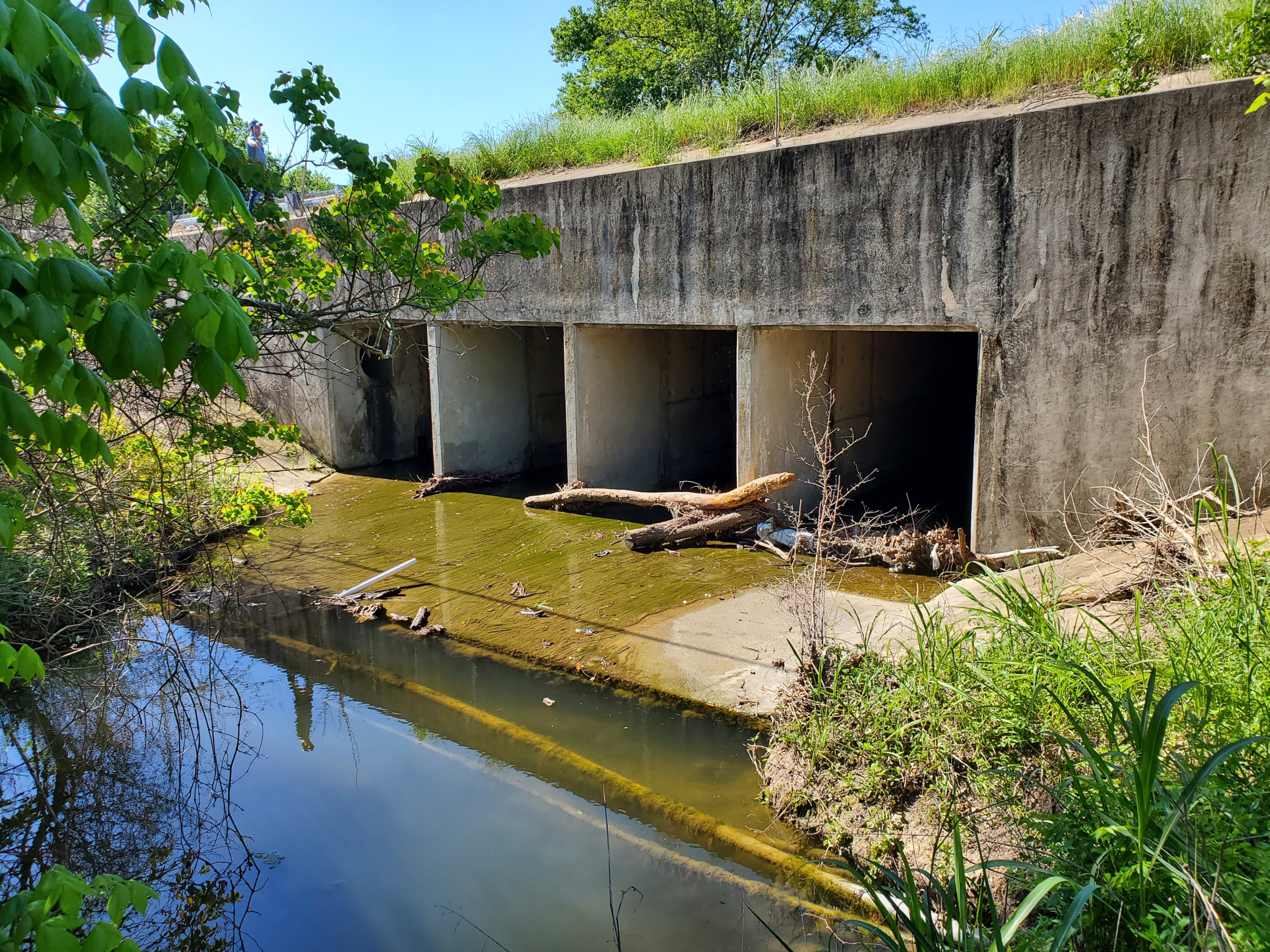Drainage Assessment Modeling Phases I & II | City of Temple
Temple, TX
Project Summary: Phase I of this project encompassed Bird Creek and Friars Creek watersheds. This project included regional stream and regional pond models and recommended regional detention pond locations and sizes. In addition, KPA identified projects to mitigate structural and property flooding along creeks, projects to reduce roadway crossings at creeks, and updated National Flood Insurance Program (NFIP) Flood Insurance Rate Maps (FIRM). Proposed solutions to address inaccessible streams and creeks for city maintenance. In addition, KPA and city staff selected focus areas of concern related to properties flooding outside of creek flood plains.
Phase II of the project includes four additional stormwater runoff watersheds in Temple, Texas. The four watersheds comprise approximately 31 square miles of the study area and extend to the Extraterritorial Jurisdiction (ETJ). Work included regional detention pond models and recommendations for locations and approximate volumes, identifying projects to mitigate roadway crossing overtopping at creeks, and updating National Flood Insurance Program (NFIP) Flood Insurance Rate Maps (FIRM). Final deliverables included current (2019) and future (2030) anticipated hydrologic and hydraulic flood plain models in HEC-HMS and HEC-RAS formats, letter of map revisions (LOMR) for each watershed as approved by the Federal Emergency Management Agency (FEMA), updated watershed boundary map for each of the studied watersheds and opinions of probable costs (OPC) for mitigations projects based on limited, high-level preliminary engineering within a 10-year implementation window for budgeting purposes.
Scope of Services: Final deliverables included 2017 and future (2030) hydrologic and hydraulic flood plain models in HEC-HMS and HEC-RAS formats, an updated watershed boundary map for each of the studied watersheds, opinions of probable costs (OPC) for mitigations projects based on limited, and high-level preliminary engineering within a 10-year implementation window for budgeting purposes.



